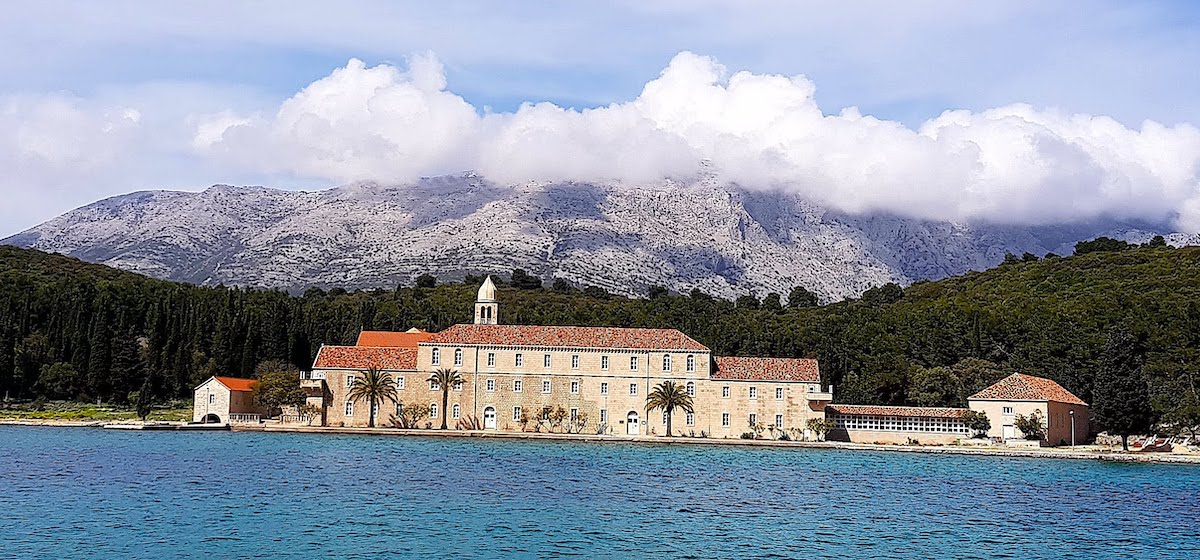As soon as the pandemic is over and life returns to some semblance of order, would you consider buying a boat and spending your retirement sailing the Mediterranean Sea?
We did just that, although our adventure has taken us a lot further. And, on our travels, we’ve met a lot of Australians who sail the Mediterranean year after year.
Sounds like a dream, yes? It is, but it can also be reality. And Aussies get some perks to make it even easier, but I’ll get to that shortly. Here’s how you start.
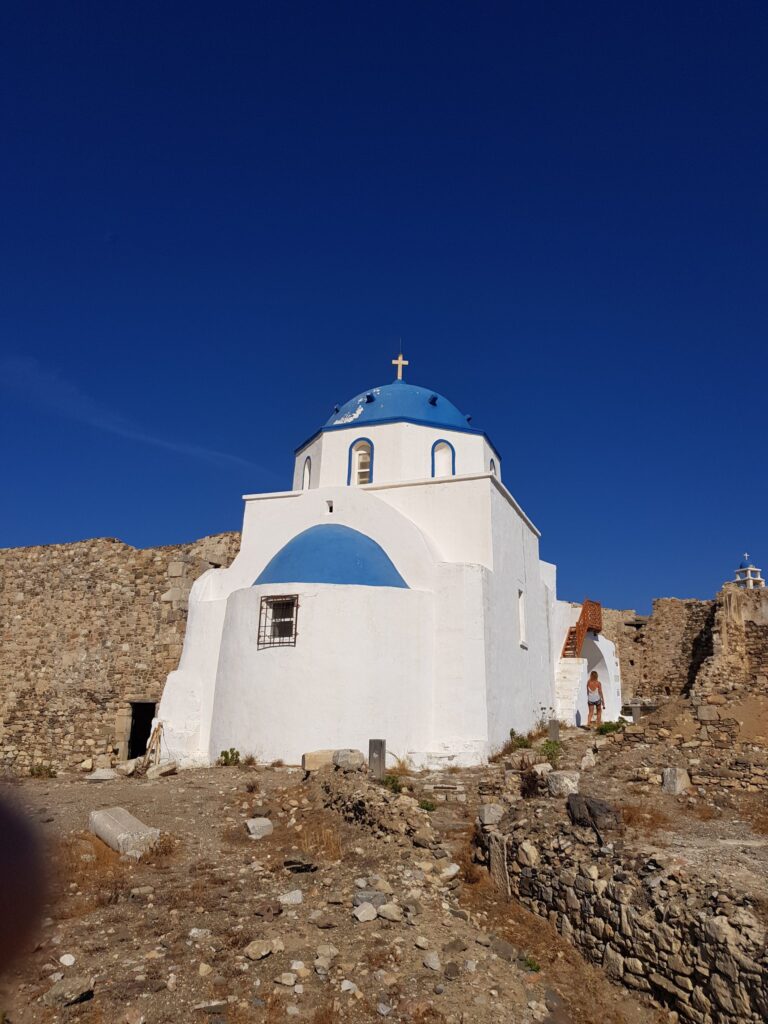
First, you buy a boat that is already moored in the eastern Mediterranean.
During the summer months, April to October, the ‘Med’ is a fantastic cruising ground, and it has everything to offer.
Good sailing with short hops, warm waters, incredible cuisine, architecture, history and vistas to die for. You can sail right into ports that date back two millennia or more, such as Venice in Italy or Chania in Crete.

Now, on to those perks I was talking about earlier. As a non-European, you can buy a yacht in Europe VAT tax free. There are some restrictions, but it does mean compared with Europeans you are getting the boat at a 20-25 per cent discount. You are allowed to keep the boat in the EU countries for 18 months, and every time you exit the EU, the clock resets when you re-enter.
Now that you have a formula to buy a boat tax free, keep it in Europe and sail the Mediterranean, season after season, without visa issues, let’s discover what the Med has to offer, starting in the east.

The eastern Mediterranean is made up of the Aegean Sea that has the coastlines of Turkey, Bulgaria, and the Greek and Turkish islands as well as Cyprus. It is, therefore, only a short hop to sail out of the Schengen area to a different visa country. The Schengen area comprises 26 European countries that have officially abolished all passport and all other types of border control at their mutual borders. When you enter one country you have three months of travel through the Schengen countries before you have to depart.
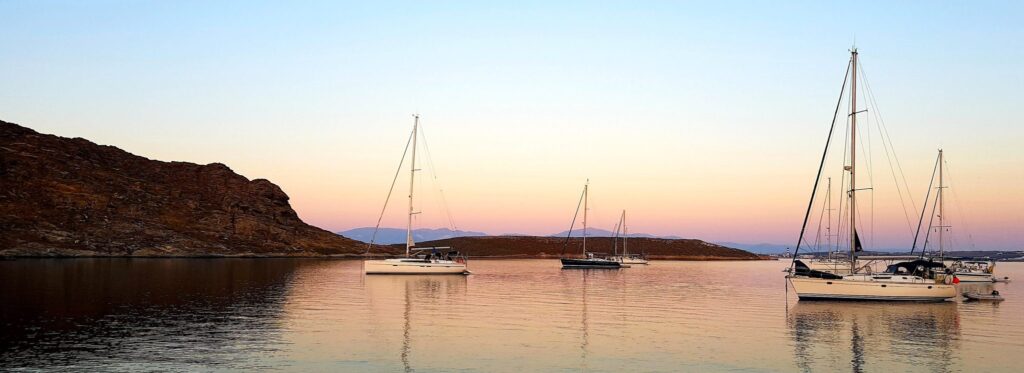
From a sailing perspective, the Aegean Sea offers short sails to the non-Schengen countries of Turkey, Cyprus and Bulgaria. This means you could sail the whole season without visa issues. The more adventurous could also visit Israel, Egypt or Tunisia, in a third or fourth season.
Alternatively you could sail north to the Adriatic Sea, which lies to the east of Italy. Here you have the EU country of Croatia, which is not in the Schengen area, together with the non-EU countries of Montenegro and Albania. Sailing through this area with the northern islands of Greece in the Ionian Sea to the south, gives you more outstanding sailing seasons with easy access to the non-Schengen countries.
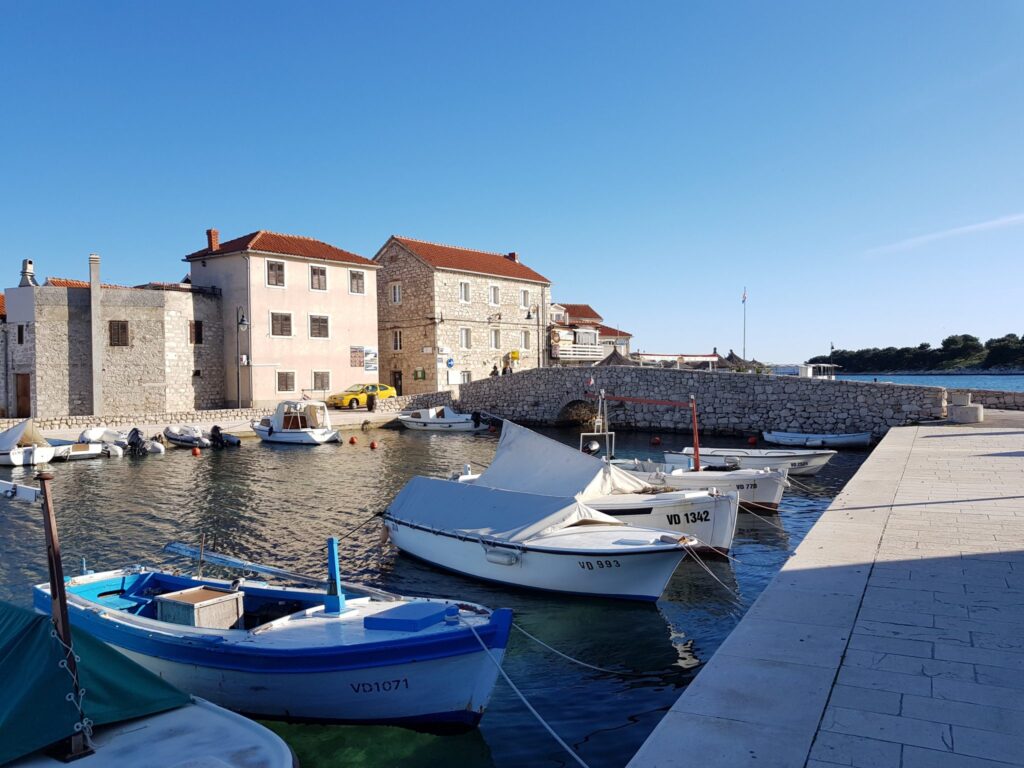
We bought our catamaran in Croatia, and our route took us through Montenegro to Greece, through the Corinth Canal to enter the Aegean Sea, through the beautiful Greek Cyclosis Islands before arriving in Rhodes, at the far eastern corner of Greece. We then headed west and the three-month journey to Gibraltar and there we left for the Atlantic Ocean.

Croatia has so much to offer the yachtsman, secure marinas and boatyards where you could leave your vessel for the winter. These yards specialise in servicing and maintaining boats. Croatia has one of the largest yacht charter fleets in the whole of Europe.
Read more: Dreaming of Dubrovnik on the Croatian coast
The cruising grounds are stunning with hundreds of islands to navigate and the World Heritage city of Dubrovnik in the south of the country. The town is set on a rocky island and is circled by the monstrous city walls. The narrow streets are laid in white stone, the buildings are tall and elegant. There are no cars inside the city walls, so walking is the order of the day.
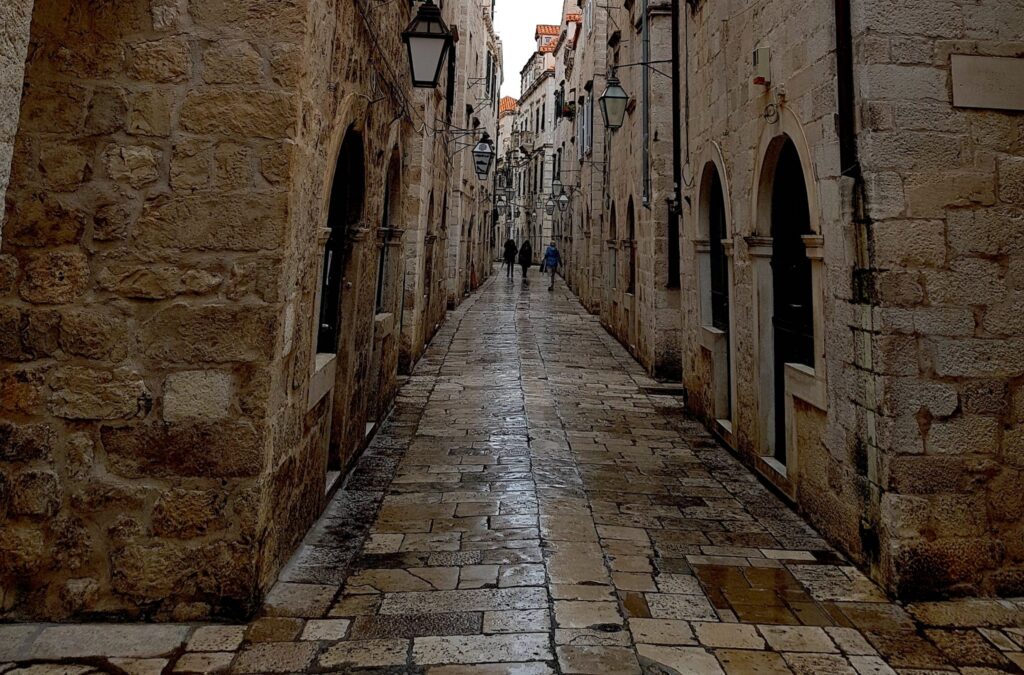
On leaving Croatia, it is only a short sail along the coast before you are checking in to Montenegro. Our first stop took us to the super marina of Port Montenegro, tucked away in the vast inlet of Boka Kotorska. Here you check in with the help of the marina, which will provide you with an agent – all included within the mooring fees. Formally a naval dockyard, it has been transformed into a luxury resort catering for the rich and the average sailor alike.
We first entered Greece at the island of Lefkos. We moored in the traditional Mediterranean style of ‘stern-to’ on the town quay. This was our first taste of this ancient country.

Lefkos is a busy town that has plenty to offer, including chandlery for your yacht (a chandler is retail dealer who specialises in providing supplies or equipment for ships), as well as ample supermarkets to provision for your journey ahead.
Read more: Travel SOS: What is the best way to travel the Greek islands?
Our journey took us through the Lefkos Canal, built in the early years of the 20th century, and separating the island from the mainland. This canal is just under 5km long and is a wonderful cruise through the salt marshes. From here it is a few days sailing through the bays and islands of the Bay of Corinth, before transiting the Corinth Canal to the Aegean Sea, and the gem that awaits you – the Cyclades Islands.

The Corinth Canal is carved out of the limestone cliffs that rise up 79m above sea level. The ancients used to drag their ships along a paved path over the Isthmus and relaunch them, in the Aegean. This would save the near 400 nautical mile journey around the Greek mainland of the Peloponnisos. The present-day canal was started by the French and finished by the Greeks in 1893, although the Romans first started to build the canal during the reign of the fifth emperor Nero, around 60AD.
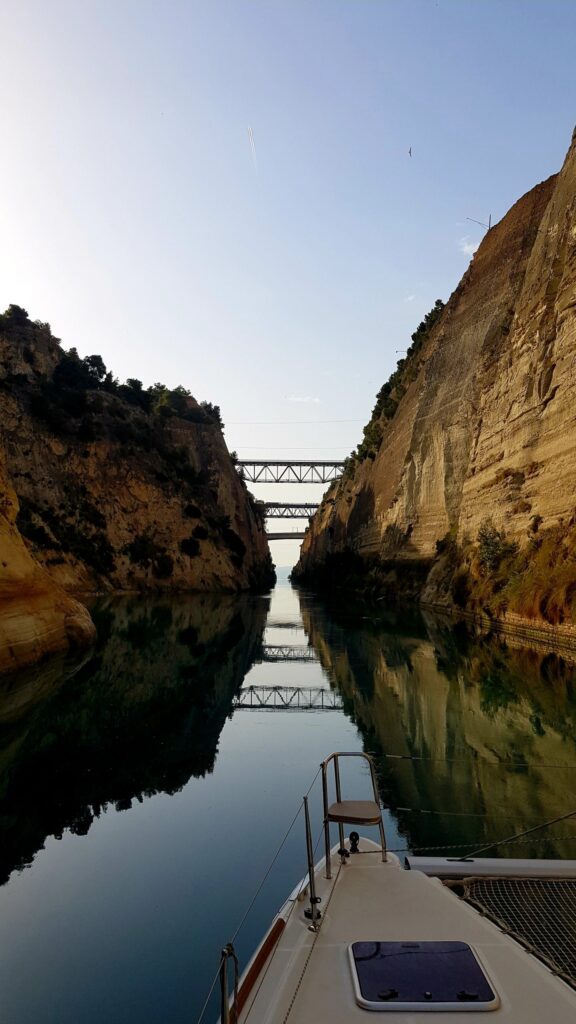
The Cyclades are easily one of the best cruising grounds in Greece and comprise around 25 main islands and a horde of smaller islets and rocks. They stretch for around 225km east towards the eastern group of islands, the Dodecanese, and the Turkish coastline. These islands have a similar style of white square buildings hugging the beaches and cliffs tops.
They are centred around the island of Mykonos and the smaller island of Delos.
As you slowly cruise through this group of islands you could stop at the island of Kythnos attached to the smaller island of Lokas by a sandbar beach some 200m long. You have the option of anchoring in either of the two bays, depending on the weather at the time of your visit.
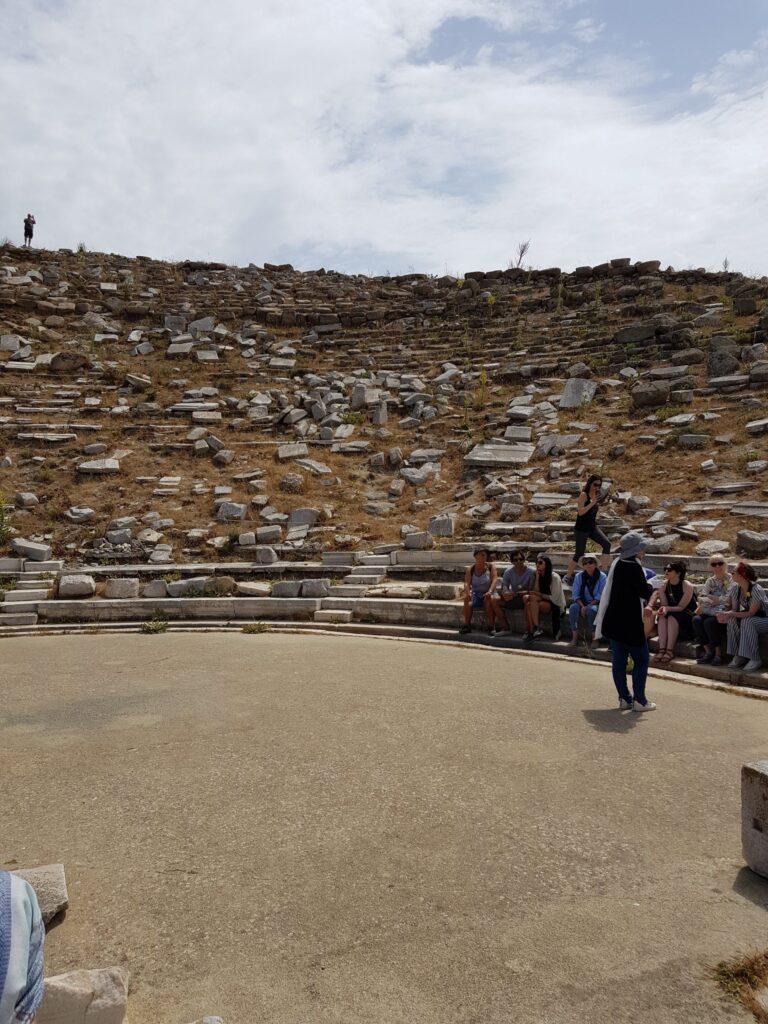
Delos is one of the most important mythological, historical, and archaeological sites in Greece. The excavations on the island are among the most extensive in the Mediterranean. Delos had a position as a holy sanctuary for 1000 years before Olympian Greek mythology declared it the birthplace of Apollo and Artemis. Excavations have identified stone buildings that indicate it has been inhabited since the third millennium BC.
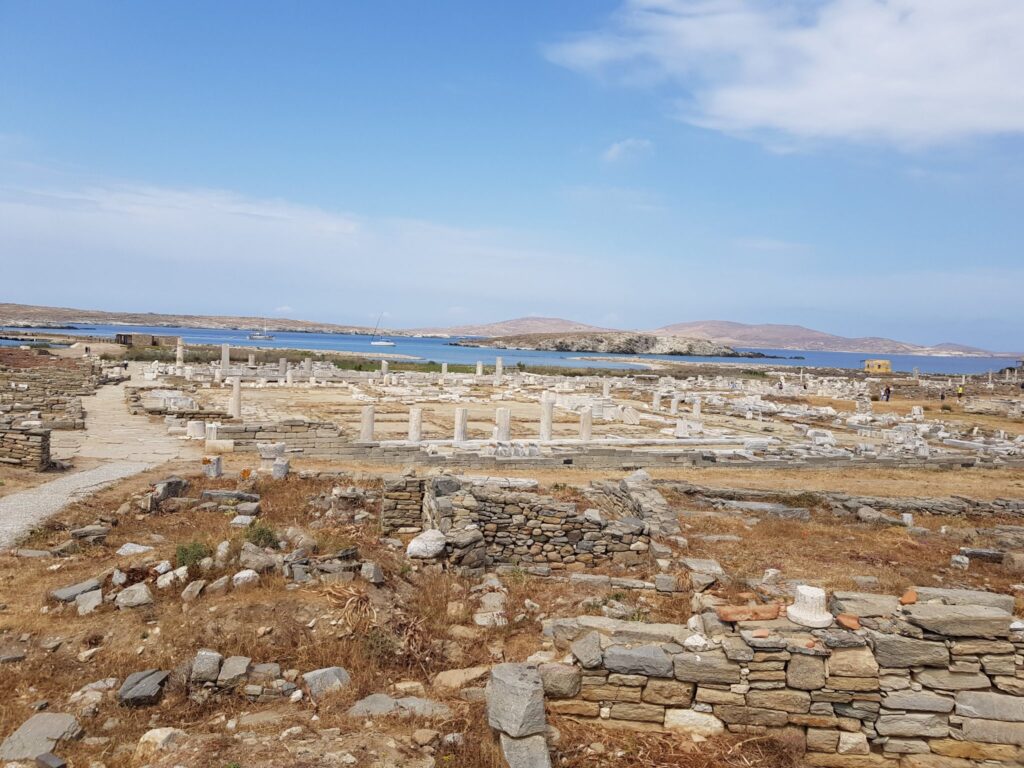
Today there are the ruins of an entire town laid out for you to see, including a Roman theatre, water tanks for irrigation and the baths. Homes, shops, markets and palaces are also clearly visible. You can walk the same roads as the Romans did two centuries ago.
Read more: Discovering Delos: Mykonos’ best-kept secret
As you head east into the Dodecanese Islands, one should not miss the island of Simi. Simi is a world away from the Cyclades, and its barren mountains and white block houses have changed to hills coated in pine forests with coloured houses around the harbour. It reminds one of an Italian village, rather than a Greek island. On the southern side of the island you have the inlet of Panormittis; a large, enclosed bay with a monastery dating back to the 18th century. Built in a Venetian style, the structure features a high, baroque bell tower and long white façade stretching along the waterfront.
Before you travel the short distance to the Turkish islands, a stop at Rhodes is not to be missed. A visit to Rhodes harbour is to go back in time. The legs of Colossus (the Greek Sun God) would have once spanned the entrance; the 32m bronze statue was completed in 209BC and took twelve years to cast. Though nothing remains of it today, it was one of the seven wonders of the ancient world.
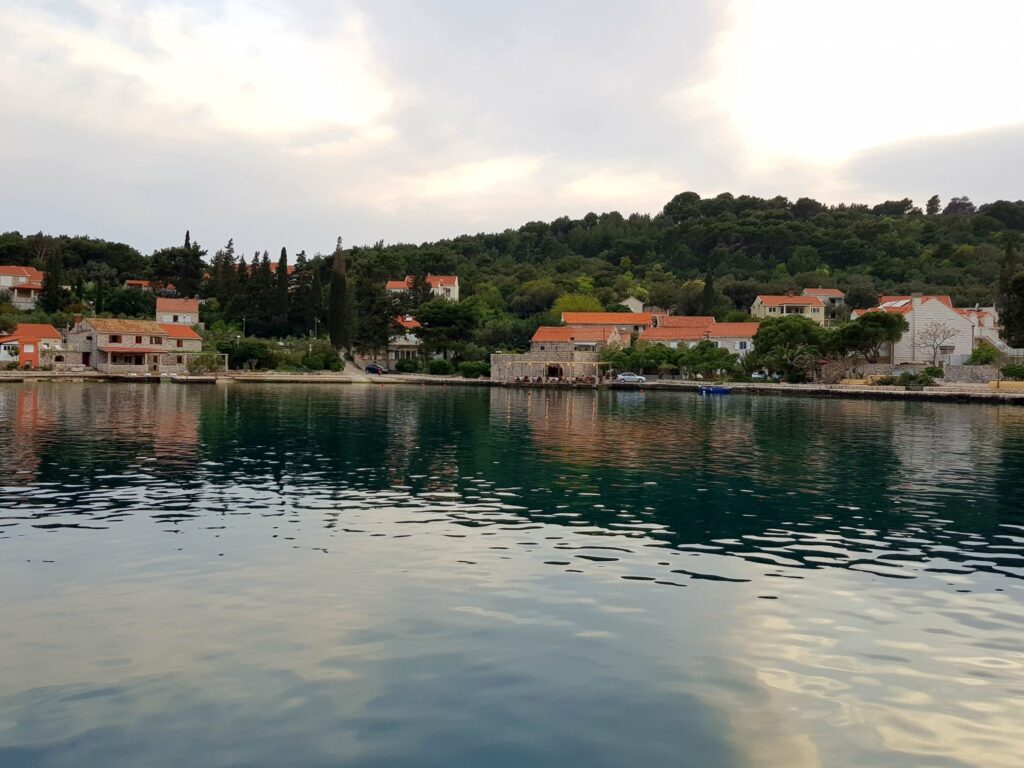
The town with its walled city dates back from antiquity to the 16th century. It is probably the most fortified city in Greece. It is inspirational to walk the streets of the old town, or to sit and enjoy a coffee in the warm summer months. Rhodes is a melting pot of different cultures, having been ruled by the Greeks, Romans, the Ottomans and the Italians. It is at the crossroads of trading routes across the Mediterranean from Turkey in the east to Rome and beyond in the west.
There will always be a new island to discover as you wind away through the Aegean, searching out the mysteries and the cultures of the eastern Mediterranean Sea.

And when you have finished sailing these grounds you can always lift the anchor, point the nose to the west, and take the long sail across the Atlantic Ocean, the Panama Canal and the Pacific islands to sail back home.
Have you ever dreamed of spending your retirement sailing?
If you enjoy our content, don’t keep it to yourself. Share our free eNews with your friends and encourage them to sign up.

